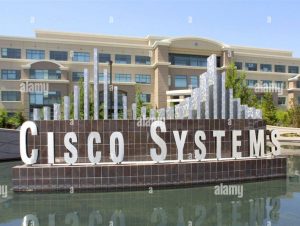QoS Strategies – WAN Availability and QoS
2 min read
Quality of service (QoS) is a fundamental network technology that has been around for over 20 years and is still relevant in today’s networks, even though bandwidth has been increasing rapidly over the years. QoS gives network operators techniques to help manage the contention for network resources and in turn provide better application experiences for end users. To help us with this, Cisco supports three main models for providing QoS service differentiation: best-effort (BE), Differentiated Services (DiffServ), and Integrated Services (IntServ). These three models are different in how they enable applications to be prioritized throughout the network and how they handle the delivery of data packets with a specified level of service.
Best-Effort QoS
The best-effort (BE) QoS model is typically the default QoS model and does not implement any QoS behaviors to prioritize traffic before other QoS traffic classes. This is the easiest of the three models because there is nothing you really need to do for it to work. You would not want to use best-effort QoS for any real-time applications such as voice or video traffic. It is a last-resort QoS model that you use after you have already prioritized all other important traffic classes that are sensitive to delay, jitter, and/or bandwidth within the network.
DiffServ
The DiffServ QoS model separates traffic into multiple classes that can be used to satisfy varying QoS requirements. A packet’s class can be marked directly inside the packet that classifies packets into different treatment categories.
With the DiffServ model, packets are classified and marked to receive a per-hop behavior (PHB) at the edge of the network. Then the rest of the network along the path to the destination uses the DSCP value to provide proper treatment. Each network device then treats the packets according to the defined PHB. The PHB can be specified in different ways, such as by using the 6-bit Differentiated Services Code Point (DSCP) setting in IP packets or by using ACLs with source and destination addresses.
Priorities are marked in each packet using DSCP values to classify the traffic according to the specified QoS policy for the traffic class. Typically, the marking is performed per packet at the QoS domain boundaries within the network. Additional policing and shaping operations can be implemented to enable greater scalability.
Table 9-6 maps applications to DSCP and decimal values.
Table 9-6 DSCP Mapping Table
| Application | DSCP | Decimal Value |
| Network control | CS7 | 56 |
| Internetwork control | CS6 | 48 |
| VoIP | EF | 46 |
| Broadcast video | CS5 | 40 |
| Multimedia conferencing | AF4 | 34–38 |
| Real-time interaction | CS4 | 32 |
| Multimedia streaming | AF3 | 26–30 |
| Signaling | CS3 | 24 |
| Transactional data | AF2 | 18–22 |
| Network management | CS2 | 16 |
| Bulk data | AF1 | 10–14 |
| Scavenger | CS1 | 8 |
| Best-effort | Default | 0 |




